rootstock how-why it effects growth
mes111
9 years ago
Related Stories
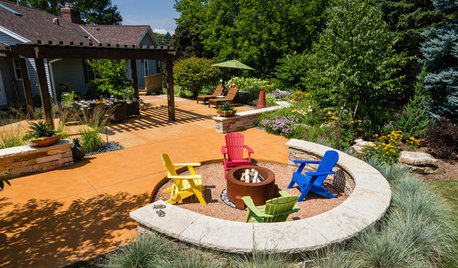
REMODELING GUIDESNew Home Renovation Study Paints Positive Growth Picture
More than two-thirds of industry professionals say 2014 was a good year and 2015 is looking hopeful
Full Story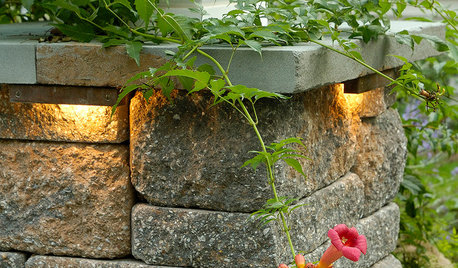
CURB APPEAL8 Effective, Beautiful Lighting Types for Front Yards
Increase safety and security while highlighting plants and other landscape features, using the right mix of outdoor lights
Full Story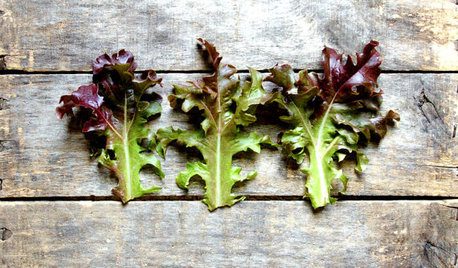
PRODUCT PICKSGuest Picks: Get Your Green Thumb on With Gardening Gear
Go for growth with gardening tools and accessories that make yard or windowsill plantings a breeze
Full Story
LANDSCAPE DESIGNPretty Trees for Patios, Paths and Other Tight Spots
Choose trees for their size, shape and rate of growth — or shape them to fit your space. Here's how to get started
Full Story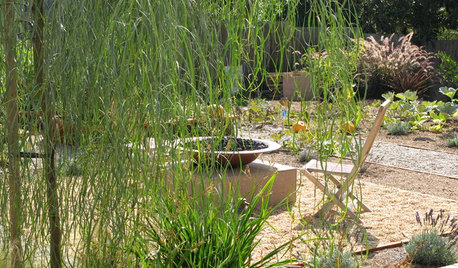
GARDENING GUIDESGreat Design Plant: Acacia Stenophylla
Skinny shoestring acacia makes an effective drought-tolerant screen where winters are relatively mild
Full Story
LANDSCAPE DESIGNCalifornia Says Goodbye to the Sprawling Ornamental Lawn
New state rules will effectively limit turfgrass to 25 percent of the landscape in most new and renovated yards
Full Story
ARCHITECTUREWhat You Must Know About the Sun and Your Home
Learn about the powerful effects of sunlight on house materials and more, and see 7 homes that address the sun's rays beautifully
Full Story
GARDENING GUIDESHow to Keep Your Trees Healthy
Ensure your trees’ vigor for years to come with these tips for protecting roots, watering effectively and more
Full Story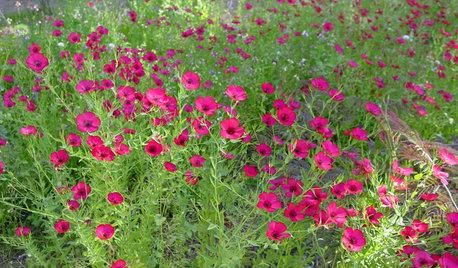
GARDENING GUIDESSouthwest Gardener's August Checklist
Manage monsoon effects, remember to fertilize and don't let the heat deter you from planting for fall
Full Story
EDIBLE GARDENSHow to Grow Your Own European and Asian Pears
Try these trees for their good looks, delicious fruit and wide range of sizes — plus you can espalier them
Full Story







appleseed70
mes111Original Author
Related Professionals
Danbury Landscape Architects & Landscape Designers · Cary Landscape Architects & Landscape Designers · Fillmore Landscape Architects & Landscape Designers · Taylorsville Landscape Architects & Landscape Designers · West Chester Landscape Architects & Landscape Designers · Cicero Landscape Contractors · Deerfield Beach Landscape Contractors · Hoover Landscape Contractors · Newberg Landscape Contractors · Newnan Landscape Contractors · Roswell Landscape Contractors · San Antonio Landscape Contractors · Washington Landscape Contractors · West Chicago Landscape Contractors · Ansonia Landscape Contractorsfruitnut Z7 4500ft SW TX
alan haigh
mes111Original Author
swampsnaggs
zendog
Bradybb WA-Zone8
alan haigh
mes111Original Author
nyRockFarmer
Fascist_Nation
alan haigh
appleseed70
mes111Original Author
alan haigh
mes111Original Author
Konrad___far_north
MrClint
rayrose
appleseed70
alan haigh
rayrose